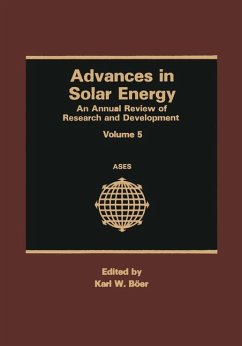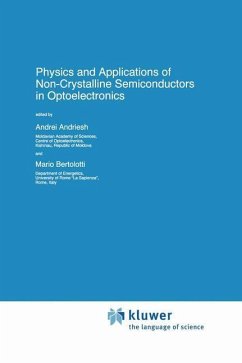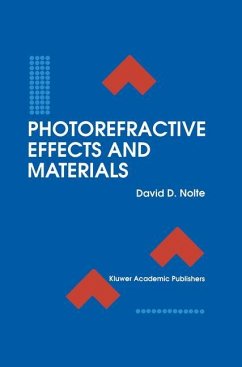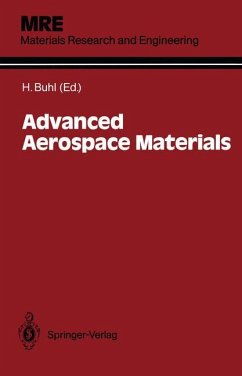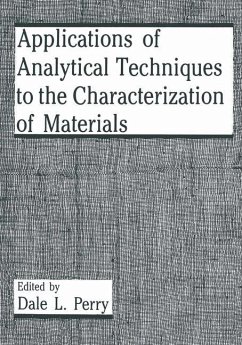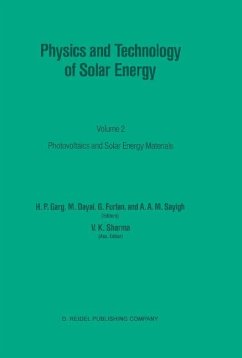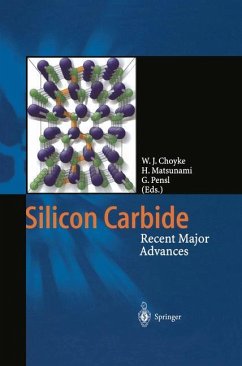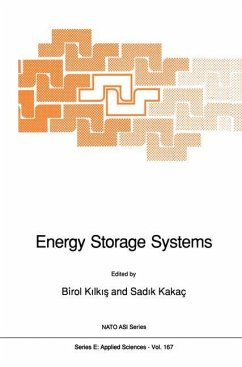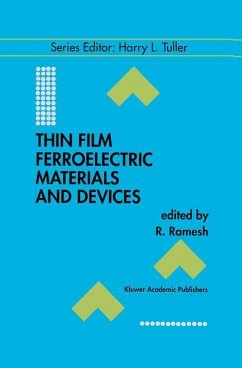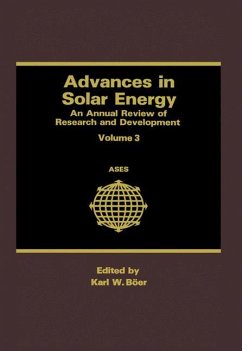
Advances in Solar Energy
An Annual Review of Research and Development Volume 3
Versandkostenfrei!
Versandfertig in 1-2 Wochen
39,99 €
inkl. MwSt.

PAYBACK Punkte
20 °P sammeln!
Advances in Solar Energy is back on schedule. Volume III contains a number of interesting reviews of the different fields in solar energy conversion. We appreciate the many encouraging comments received after the second volume appeared and have incorporated some of the suggested changes. Even though most of the reviews are invited through our editors, we are always open to suggestion about subjects of importance that are ready for a com prehensive and critical review and have not been recently covered, or about potential authors. I would like to take this opportunity to thank Professor John A....
Advances in Solar Energy is back on schedule. Volume III contains a number of interesting reviews of the different fields in solar energy conversion. We appreciate the many encouraging comments received after the second volume appeared and have incorporated some of the suggested changes. Even though most of the reviews are invited through our editors, we are always open to suggestion about subjects of importance that are ready for a com prehensive and critical review and have not been recently covered, or about potential authors. I would like to take this opportunity to thank Professor John A. Duffie for his invaluable help in starting the Advances in Solar Energy series. Although he has recently taken full responsibility as editor-in-chief for the Solar Energy Journal, his continued assistance as a member of the Board of Editors is greatly appreciated. The diligent work of the many active editors is gratefully acknowledged and constitutes the basis for a valuable review periodical with outstanding contributions. The typesetting was done by Sandra Pruitt in the Delaware office, using the TEX-program with laser print-out. Her organization and patience in coordinating with the authors, and her technical skill and diligence in preparing the submitted copy permitted the timely and high-quality assembly of this production. We wish to commend her for efforts well beyond the call of duty. The accommodating help from Plenum Press and its production staff deserves our grateful acknowledgement.





